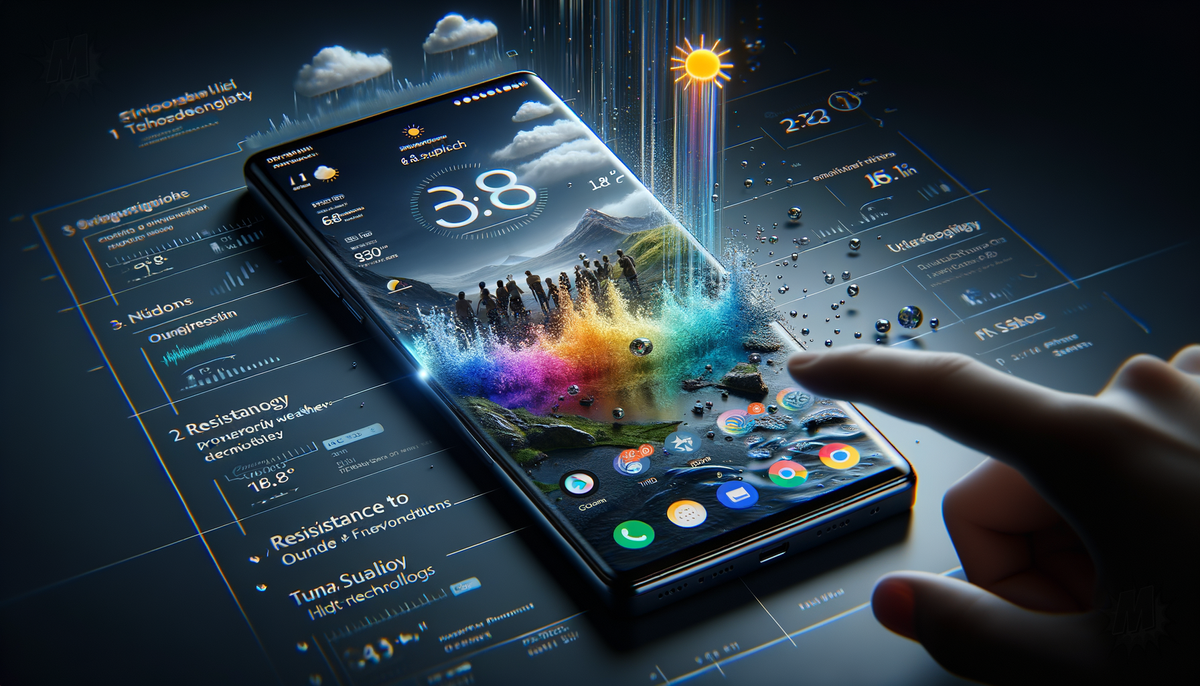Google Pixel 9's Hidden Display Tech Revealed

Google has quietly introduced HyperVision, a new display technology, with its Pixel 9 series, setting a new standard for smartphone displays. This technology offers exceptional color accuracy, brightness, and image quality, leveraging a next-generation OLED variant with a wider color gamut. The move to integrate HyperVision without a major announcement appears to be a strategic decision by Google to generate buzz around its latest flagship devices.
The Pixel 9 series also features several advanced AI capabilities powered by the new Tensor G4 chipset. These include Gemini Live, an AI service that responds to text, image, and voice queries, and the Add Me feature, which uses AR and AI to enhance group photos. The Pixel Studio app, driven by Google's Imagen 3 text-to-image model, provides on-device editing tools. Additionally, the weather app employs AI for accurate forecasts. Some of these AI features, like Gemini Live, come with a subscription cost after the first year.
The new series also includes the Pixel 9 Pro XL, which boasts a larger 6.8-inch display, Gorilla Glass Victus 2, IP68 water and dust resistance, and an ultrasonic fingerprint sensor. The upgraded Tensor G4 chipset offers a 20% performance boost and 17% faster app opening times. The Pixel 9 series has been designed with Adaptive Touch, which automatically adjusts touch sensitivity based on the environment and screen conditions.
Despite the advanced features, there have been criticisms regarding the reliability of the AI functionalities, particularly in providing accurate information. Issues with generative AI, such as misinformation in search results and inaccuracies in order tracking, have been highlighted as areas needing improvement. The Pixel 9 series aims to address these concerns while offering cutting-edge technology and user experience enhancements.




